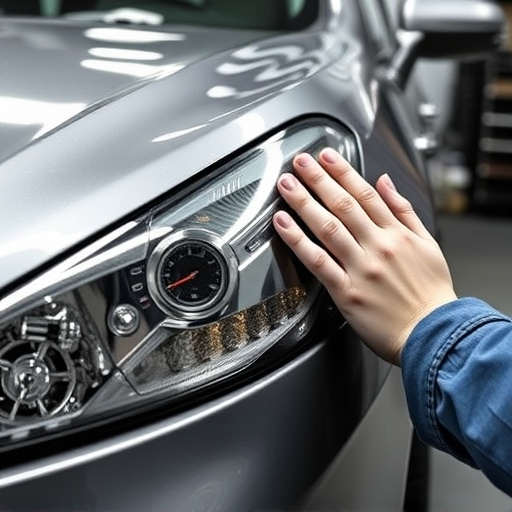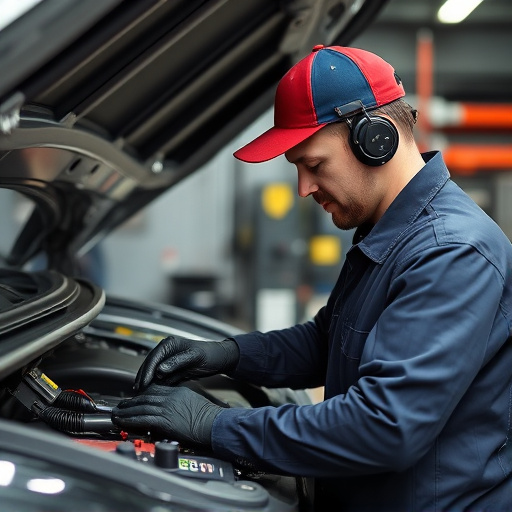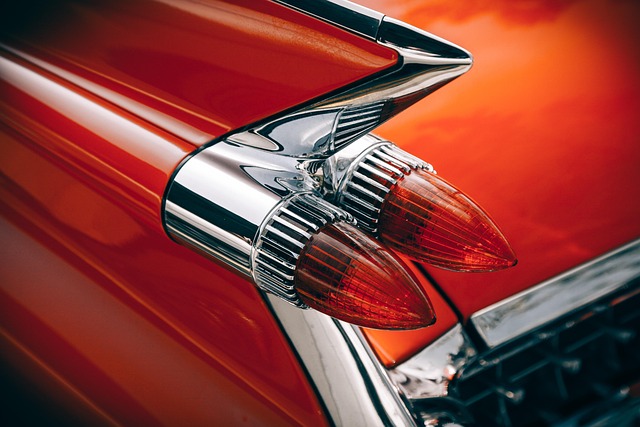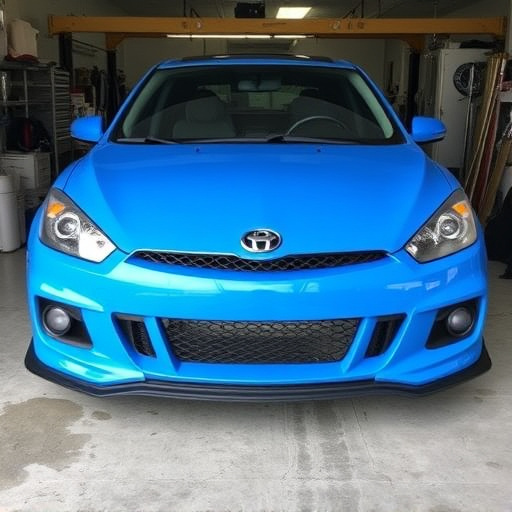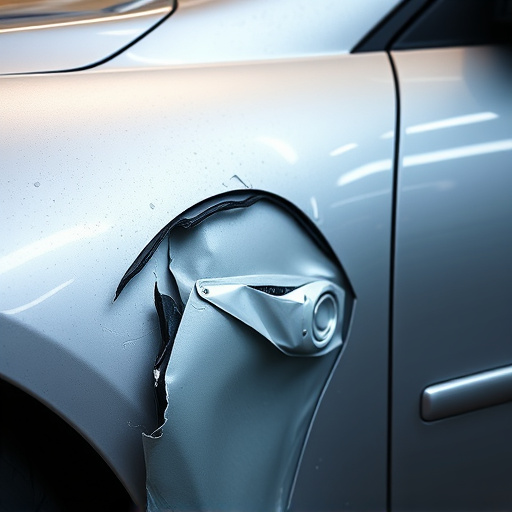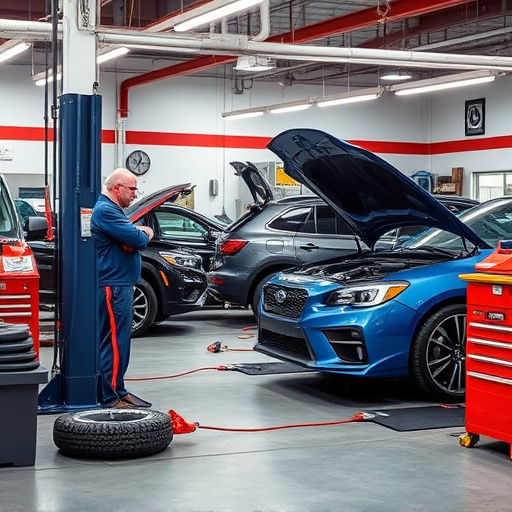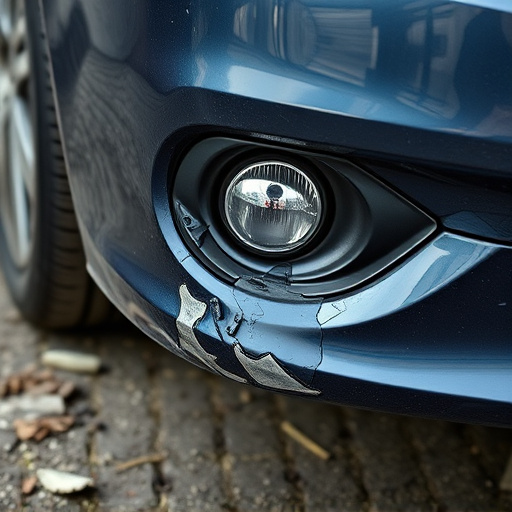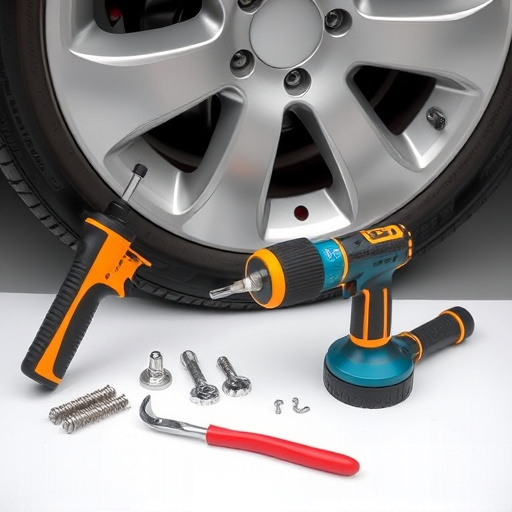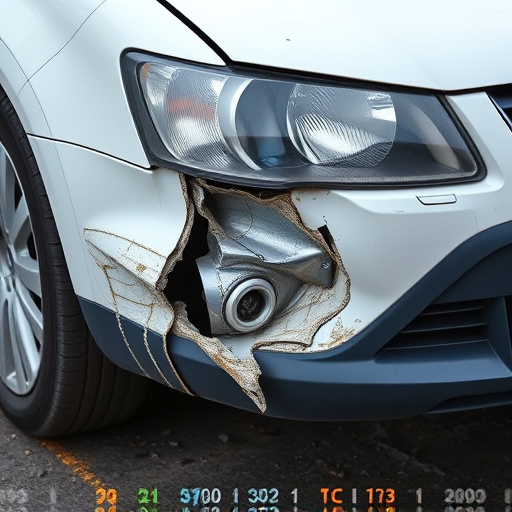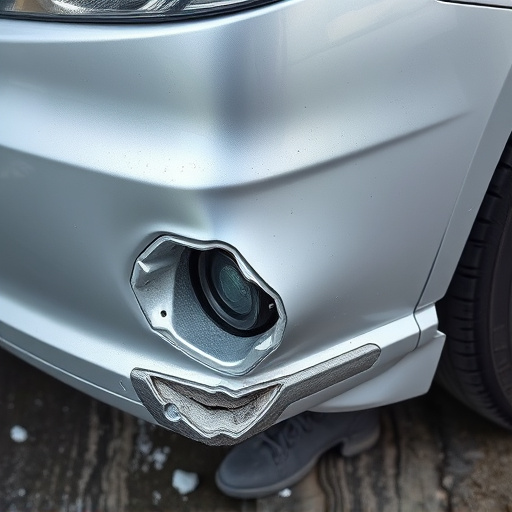Base coat application is a critical step in automotive collision repair, serving as the foundation for paintwork. Skilled technicians emphasize meticulous surface preparation, including cleaning, priming, and sanding, to create a smooth base that hides imperfections and enhances finish durability. Proper application using high-quality base coats compatible with vehicles like Mercedes Benzes prevents future damage, while advanced sanding techniques and modern tools streamline the process, ensuring exceptional results, efficiency, and customer satisfaction in collision repair services.
In the collision repair industry, mastering base coat application is a game-changer. This crucial step sets the foundation for paint job success, influencing both aesthetics and durability. This article explores the vital role of base coat application, delving into best practices for professionals to enhance quality and efficiency. From understanding material properties to optimizing preparation techniques, these strategies ensure superior outcomes, ensuring long-lasting repairs that rival factory finishes.
- Understanding the Role of Base Coat Application
- Best Practices for Collison Repair Industry Professionals
- Enhancing Quality and Efficiency in Base Coat Preparation
Understanding the Role of Base Coat Application
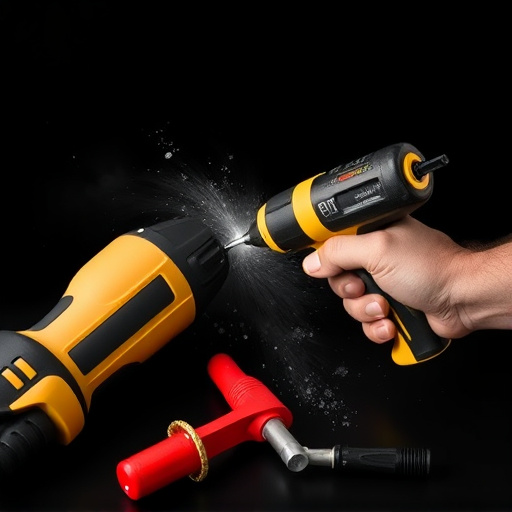
The base coat application is a crucial step in any professional painting or repair process, especially within the automotive collision industry. It serves as the foundation for all subsequent layers, ensuring optimal adhesion and long-lasting results. In tire services and scratch repair, a well-executed base coat prepares the damaged area to seamlessly integrate with the final color coating.
Automotive collision repair experts understand that applying a base coat involves more than just spreading paint. It requires careful preparation of the surface, including cleaning, priming, and sometimes even sanding. This meticulous process creates a smooth, uniform layer that hides imperfections, protects the underlying material, and enhances the overall durability of the finish—crucial aspects for achieving professional and long-lasting repairs.
Best Practices for Collison Repair Industry Professionals

In the collision industry, professionals are tasked with restoring vehicles to their pre-accident condition, and a key step in this process is proper base coat application. For Mercedes Benz repair or any automotive collision repair, adhering to best practices ensures not only aesthetic perfection but also long-lasting durability. One crucial practice involves using high-quality base coats that are compatible with the vehicle’s original paint system. This prevents chipping, peeling, and other issues that can compromise the repair.
Additionally, professionals should take care to prepare the surface thoroughly before applying the base coat. This includes thorough cleaning, sanding, and priming to ensure the base coat adheres well. For vehicle collision repair, attention to detail is paramount. Skilled technicians must inspect the panel gaps, make necessary adjustments, and ensure a seamless blend between the repaired area and surrounding surfaces. This meticulous approach guarantees that the final finish is not only visually appealing but also structurally sound, enhancing the overall quality of Mercedes Benz repair or any automotive collision repair services.
Enhancing Quality and Efficiency in Base Coat Preparation

In the realm of auto body shops, collision repair shops, and vehicle body shops, enhancing the base coat application process is a game-changer. The key lies in streamlining preparation techniques to not only boost quality but also increase efficiency. Professional technicians know that meticulous surface conditioning and careful cleaning are fundamental steps. By implementing advanced sanding techniques and utilizing high-quality degreasers, they ensure an impeccable base for the subsequent coating layers.
This attention to detail contributes to a more durable and aesthetically pleasing finish. Modern tools and equipment play a vital role in achieving consistent results, allowing skilled workers to achieve precision and speed. Thus, optimized base coat application processes not only save time in collision repair shops but also guarantee higher customer satisfaction with the final auto body shop outcomes.
In conclusion, mastering base coat application is a cornerstone of the collision repair industry. By adhering to best practices outlined in this article—from understanding the vital role of base coat preparation to enhancing quality and efficiency—professionals can ensure superior results, faster turnaround times, and customer satisfaction. These strategies empower collision repair shops to maintain high standards and stay competitive in today’s market.

